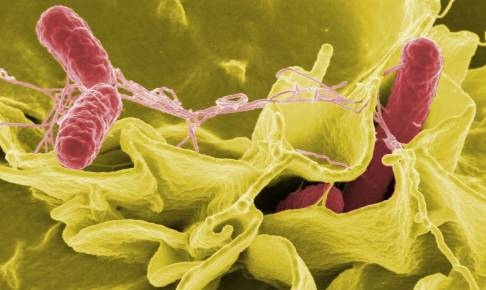An invasive disease associate with raw freshwater fish
A new foodborne hazard has been identified in numerous Southeast Asian nations. It all started in 2015, when at least 146 individuals in Singapore became ill after eating raw freshwater fish. The sickness was eventually attributed to Streptococcus agalactiae, often known as Group B Streptococcus (GBS), and the strain responsible for the outbreak was sequence type 283 (ST283). Outside of Singapore, invasive GBS ST283 illness may be detected in China, Hong Kong Special Administrative Region, Lao People's Democratic Republic, Thailand, and Vietnam. Moreover, in July 2020, in Singapore, at least 18 infections of illness were discovered. However, it remained unclear if these more recent illnesses were likewise connected to raw meat eating.
The FAO created a risk profile to document current knowledge and identify data gaps about the presence, transmission, and impact of GBS ST283. In limited research studies in Southeast Asia, GBS ST283 was shown to be prevalent among invasive GBS cases in people and tilapia. In many low- and middle-income countries (LMICs), however, detecting GBS ST283 is difficult since it needs sophisticated sequence typing methods. As a result, GBS ST283 instances are likely to be underreported, and infection and illness are more common.
ST283 appears to be more aggressive in people than other GBS strains, as it is the only GBS strain to have produced an invasive illness epidemic through food. Environmental factors affecting GBS development and survival in general (not only ST283), particularly in food items, are poorly understood. GBS are heat sensitive, can grow across a wide range of pH (3 to 11), and can be frozen for up to 180 days without being totally inactivated.
Source:
http://www.fao.org/food-safety/news/news-details/en/c/1412831/






















